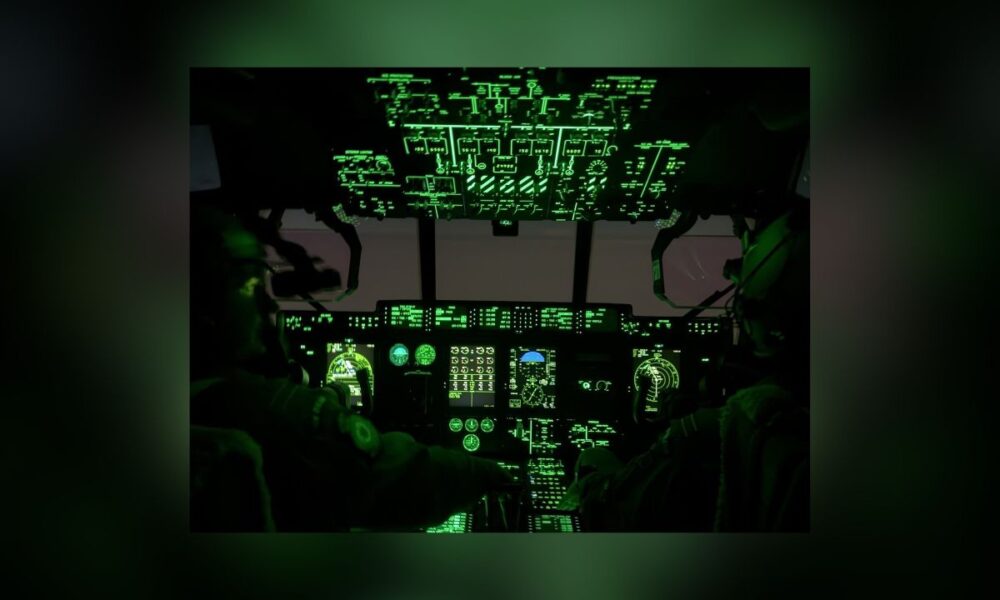Three individuals, including one requiring urgent medical care, were evacuated from the U.S.-operated McMurdo Station in Antarctica on Wednesday in a high-risk operation conducted by the Royal New Zealand Air Force.
The nearly 20-hour mission, described as “nothing short of heroic” by U.S. officials, navigated freezing temperatures, constant darkness, and icy conditions.
The U.S. National Science Foundation, which manages McMurdo Station, requested the evacuation due to insufficient medical resources at the base.
A Royal New Zealand Air Force C-130J Hercules crew, equipped with night vision goggles and a doctor on board, departed Tuesday afternoon to complete the mission. The U.S. team at McMurdo manually prepared a runway, grooming the ice to ensure it was suitable for landing in temperatures that reached -11 degrees Fahrenheit on Tuesday.
Air Commodore Andy Scott called mid-winter Antarctic flights “one of the most challenging” due to the “extremely challenging environment to fly in on night vision goggles due to the extreme weather conditions, which are highly changeable at this time of year and makes accurate forecasting a challenge,” CBS News reported.
He noted the added risk of no alternate airfields available once the aircraft passes a certain point south.
The plane’s engines were kept running for “hot refueling” to stay warm on the ice before departing with the patients. The Hercules landed back in Christchurch on Wednesday morning. No details were provided about the patients’ conditions.
The U.S. Embassy in New Zealand praised the mission, stating, “Landing a large aircraft on ice, in darkness, using night vision, takes precision and extraordinary skill. We are deeply grateful for the crew’s professionalism, courage, and partnership.”
Melissa Sweeney, U.S. chargé d’affaires, added, “This required absolute precision. It was daring, dangerous, and deeply courageous. This is the kind of mission that tests every ounce of skill and bravery. RNZAF delivered, just as they always do.”
McMurdo Station, located about 25 miles from Antarctica’s southernmost active volcano, serves as the central logistical hub for the U.S. Antarctic Program, supporting research across the continent.
Travel to Antarctica during the southern winter, from March to October, is limited to emergencies due to constant darkness and severe storms, with temperatures dropping to -24°C on Tuesday.
The New Zealand air force previously conducted similar rescues in 2021 and 2024.


